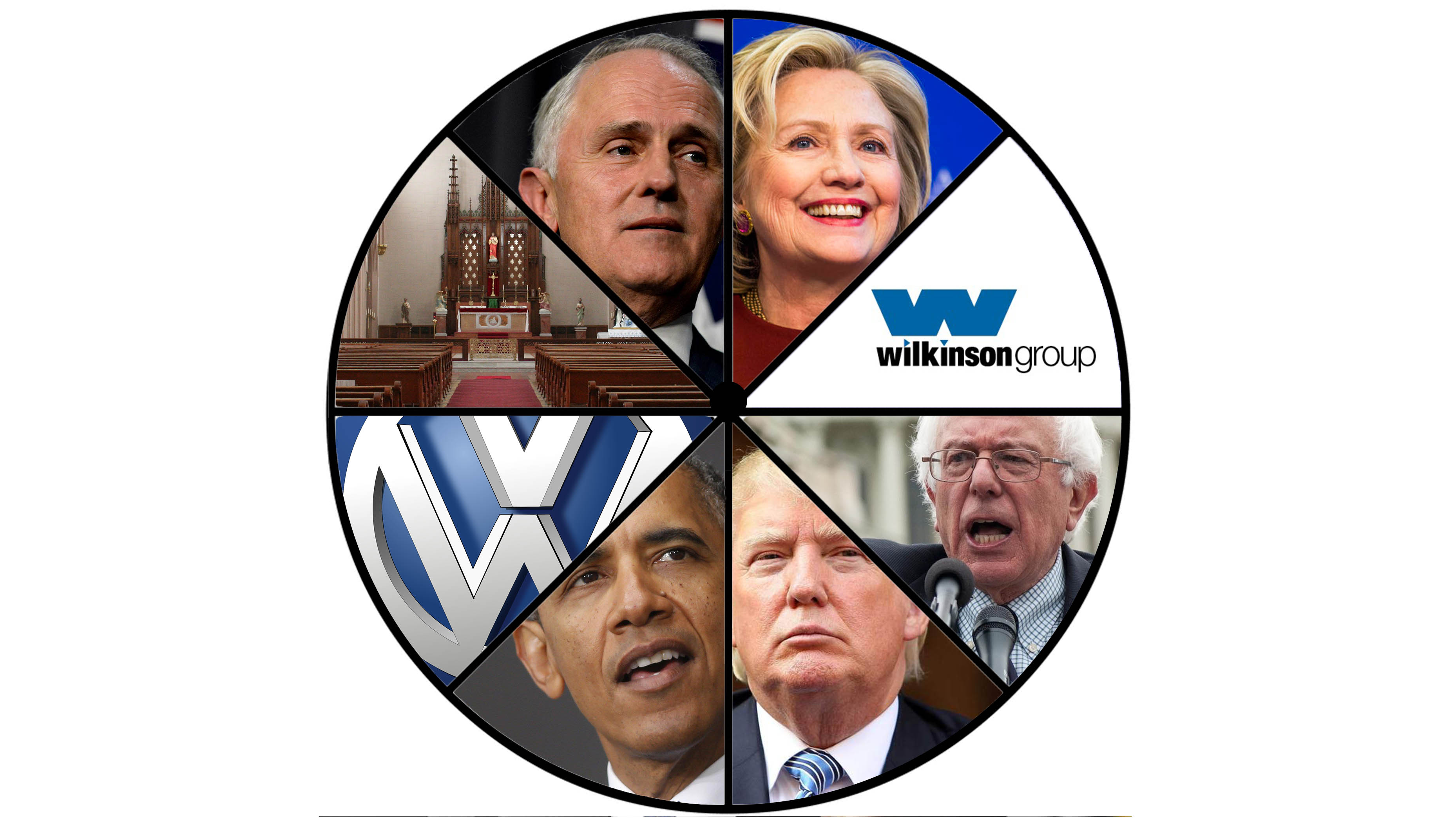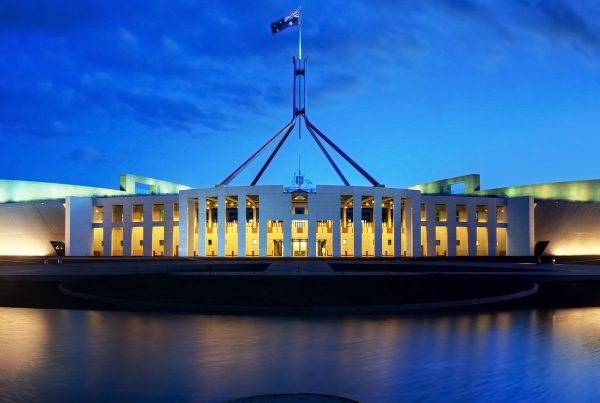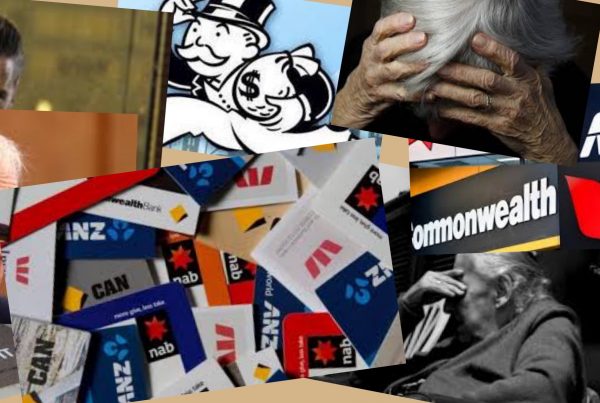 Q: Since when could Bernie Sanders, an ageing idealist who has played on the radical fringes of US politics since 1968, come within a bull’s roar of becoming the Democratic presidential challenger?And likewise Trump on the Right?
Q: Since when could Bernie Sanders, an ageing idealist who has played on the radical fringes of US politics since 1968, come within a bull’s roar of becoming the Democratic presidential challenger?And likewise Trump on the Right?
A: Since people can see that everything else is failing.
Donald Trump and Bernie Sanders, either by cleverness or accident of timing, have tapped that deep well of disillusionment.
So what’s new you say? What’s new is the depth and breadth of disillusion. The dysfunction in Washington has been going on for decades, but it’s only now that a global audience sees the Emperor has no clothes.
And why is Turnbull’s polling on rocky ground so quickly? It’s not just ditching the GST and his cabinet chaos. He’s a victim of the failure of politicians globally to ‘fix’ issues. “He’s just like the rest of them.”
This is a fundamental leadership and public relations challenge.
I think leaders and their advisers still haven’t understood the impact of instant and global access to information. It requires a completely different level of integrity, consistency and clarity of message. It’s turned the public, repeatedly let-down, into a world-community of sceptics.
There’s a wonderful article in the Washington Post, ‘What a divided America actually hears when Obama speaks”. It describes how, when watching the dysfunction of a partisan Washington, the frustrated public has become … more partisan, moving to the extremes.
There is no doubt it was different pre-globalisation. In the early ‘80’s when I started doing stories as a journo on sex abuse in the Catholic Church (the first was in Ireland), I was told the reasoning for the Church’s inaction was that, within an organisation that had grown through two millennia, change was made over centuries, and this issue, even lasting a victim’s lifetime, should be measured as a blip. Hasn’t that thinking come home to bite! Now there’s no-where to hide.
The escalation of the VW Defeat Device scandal is forecasted to be resolved in a couple years, forced by governments and lawyers globally in response to public outrage. That’s more than ten times faster than the slow build of actions against Dowe Corning over silicone breast implants, which began in early ‘80’s and were finally resolved for the company in 2004. The difference between to two is the current instant circulation of information, demanding equally instant resolution. VW executives were, and are still, unprepared.
The list goes on, but the root cause is the same: the inability of leaders to anticipate the consequences of this disruption.
The Role of Public Relations
There is no traditional advisor on Change, but it’s PR folks who advise on issues of integrity and message clarity. So PR is the natural home of advising and forecasting this change.
This comes sharply into focus in Crisis PR. Crises can mostly be traced to an issue that wasn’t addressed (the figure often quoted is around 80-90% of crises were smouldering issues), like the examples above.
I think it is wilful blindness for Public Relations professionals not to address this.
But the PR profession, I think, is also being caught napping. It drifts from issue to issue, instead of taking a lead. Even the title, PR, is now a misnomer. Public Relations, once essentially liaising with the media, has slowly morphed into Government Relations, Community Relations, Investor Relations, Consumer Relations, Social Media Relations, Crisis PR and more. An experienced practitioner is now Everything-Relations, but not yet Change Activists.
The force for change is upon us all.





